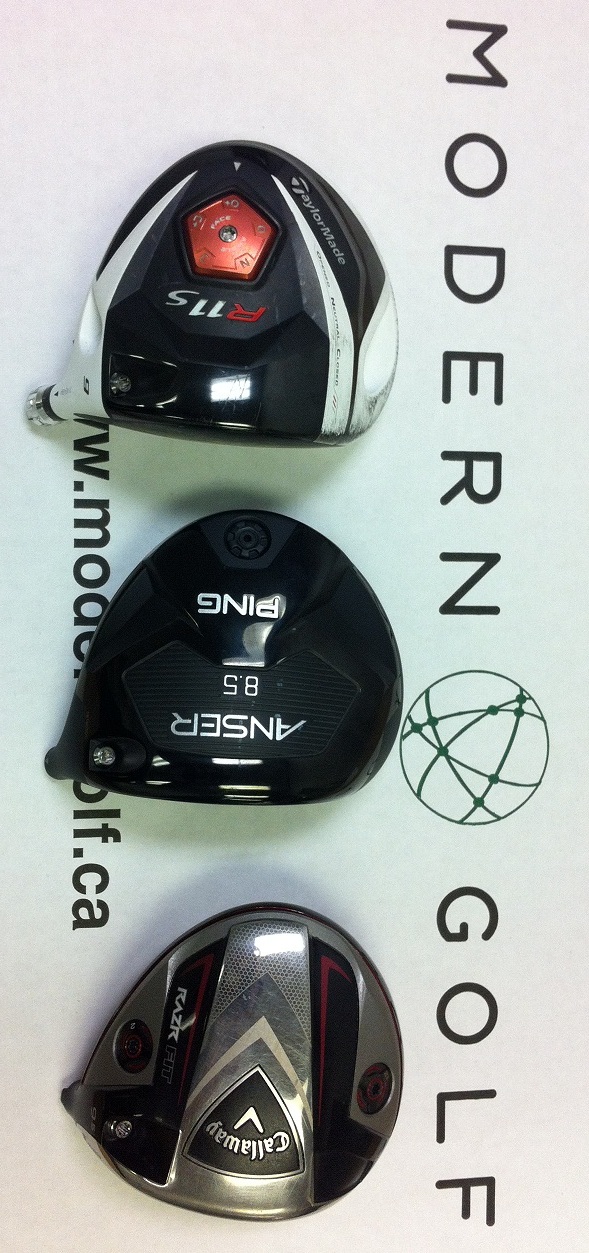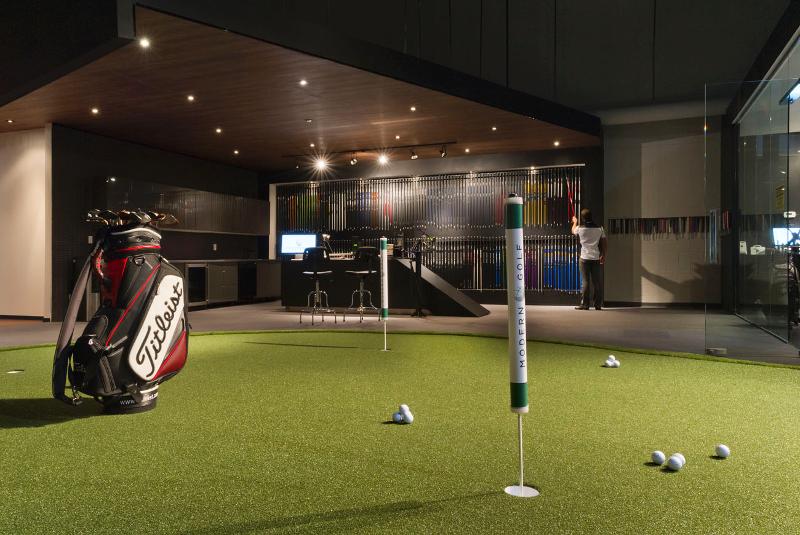Pitching Truths
/As many of you may be aware I have done a tremendous amount of research on pitching the last few years. My research continues and I wanted to share a few important truths regarding this often misunderstood stroke:
- Great pitchers generally take very little divot, flight the ball low and create high spin rates
- Lower trajectory shots are substantially easier to gauge than higher ones
- When struck correctly lower trajectory shots will have more spin than higher lofted ones
- Most golfers perform better when pitching with their second most lofted club (SW vs LW)
- There are two controllable ways to stop a golf ball - high spin rate and a steep land angle
- Thin shots have more spin than you might think
- The quality of the clubface to ball interaction (friction) is primary in generating spin
- The quality of the lie plays a big role in determining the clubface to ball interaction
- The optimal lie for amazing pitches is a fairly tight, downgrain lie
- Any moisture that gets between the face and ball will decrease friction and thus increase launch angle and reduce spin
- Sand between the face and the ball will increase friction and thus lower launch angle and increase spin
- When practicing it is important to keep a wet towel handy to clean the face after every few shots - don't use a tee
- Older clubs with worn down grooves will never spin the ball as much as a fresh wedge (all else being equal)
- Premium golf balls flight better and spin more than inexpensive golf balls
- The optimal technique is based almost entirely around managing the club to ground interaction or angle of attack
- Controlling what the handle does through impact is vital in managing the angle of attack
- A club path that tracks from from in to out will most often lead to cleaner strikes and thus lower trajectory and more spin
- Where a golfer seeks to add loft they also add effective bounce. Here the grind/shape of the sole, will play a bigger role
- For stock. and thus lower flighted shots the bounce plays less of a role than you might imagine
I have found there to be a multitude of different, and somewhat unusual techniques that work well for certain individuals. My objective has been to find a pitching technique that works best for the majority of golfers. I have found a technique that fits the bill and I am able to explain it simply and vividly.
More reading:
Wedges and Water | Andrew Rice Golf
The Science Behind Superb Wedges: Part I | Andrew Rice Golf
The Science Behind Superb Wedges: Part II | Andrew Rice Golf
Ultimate Spin Wedge Shootout | Andrew Rice Golf
Please note that I will be producing a video on pitching that will be for available on my website in the Fall. I had previously indicated it would be available in the Summer, but I want to make sure I have the best product available for you, thus the delay. The video will explain all my findings including what I have found to be the optimal pitching technique...stay tuned!













